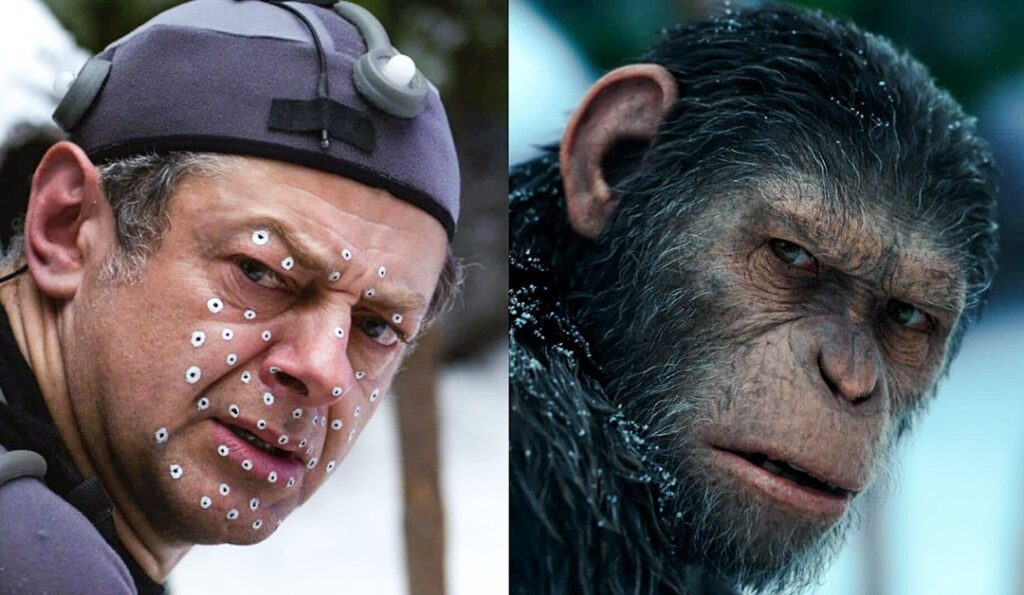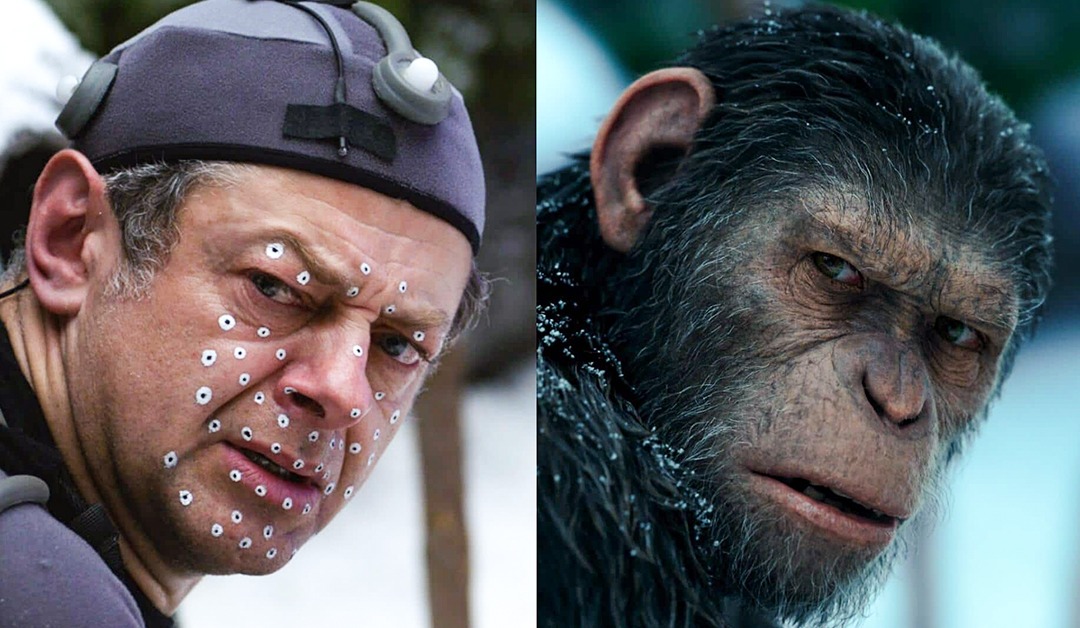
What is CGI? What is the process of CGI in animation?
In the ever-evolving world of animation, a technological revolution has taken the industry by storm – the rise of Computer-Generated Imagery, or CGI. At the Northern School of Animation, we’re proud to be at the forefront of this transformative field, equipping our students with the skills and knowledge to bring their creative visions to life through the power of digital tools and techniques.
In this blog post, we’ll delve deep into the world of CGI, exploring what it is, the process behind creating CGI animations, and the remarkable advantages it offers to aspiring animators and the industry as a whole.
What is CGI?
CGI, or Computer-Generated Imagery, is the use of computer graphics to create or enhance visual content. In the world of animation, CGI refers to the process of generating and manipulating digital images, models, and scenes using specialized software and hardware.
Unlike traditional animation, where each frame is hand-drawn, CGI animation is created entirely using digital tools and techniques. This approach allows animators to achieve a level of precision, detail, and visual complexity that would be incredibly challenging to replicate through manual means.
CGI is not limited to the animation industry; it is also widely used in various other fields, such as film, television, video games, architecture, and product design. CGI can be used to create everything from realistic human characters and natural environments to fantastical creatures and futuristic landscapes.
The Process of Creating CGI Animation
The process of creating CGI animation can be broken down into several key steps:
1. Modeling: The first step in the CGI animation process is the creation of 3D models. Animators and 3D artists use specialized software, like Autodesk Maya or Blender, to design and construct the characters, objects, and environments that will be featured in the animation. They use various modeling techniques, such as polygon modeling, NURBS (Non-Uniform Rational B-Splines), and subdivision surfaces, to create the desired shapes and forms.
2. Texturing and Shading: Once the 3D models have been created, the next step is to apply textures and shading to them. Texturing involves adding surface details, like colors, patterns, and material properties, to the models. Shading determines how the models will interact with light, creating realistic lighting and shadows.
3. Rigging: Rigging is the process of creating a “skeleton” or “armature” within the 3D models, which allows them to be animated. This involves adding joints, bones, and control points that can be manipulated to make the characters move and perform actions.
4. Animation: With the models rigged and ready, the animators can begin the animation process. This involves keyframing, which is the act of setting specific poses or positions for the characters at different points in time. The software then interpolates the movement between these keyframes, creating the illusion of fluid motion.
5. Lighting and Cameras: Lighting and camera placement are crucial elements in CGI animation. Animators must carefully design the lighting and camera angles to create the desired mood, atmosphere, and visual storytelling. This can involve the use of virtual lights, as well as the positioning of virtual cameras to capture the action.
6. Rendering: The final step in the CGI animation process is rendering. This is the process of generating the final, high-quality images or frames that will make up the animation. Rendering involves calculating the various elements, such as lighting, textures, and effects, and compiling them into a seamless, visually stunning sequence.
The rendering process can be highly resource-intensive, as it requires significant computing power to process all the complex data involved in a CGI animation. Animators often use render farms, which are clusters of powerful computers dedicated to the rendering process, to speed up this step.
The Advantages of CGI Animation
The rise of CGI has brought numerous advantages to the animation industry. Some of the key benefits include:
1.Flexibility and Creative Freedom: CGI allows animators to create virtually anything they can imagine, without the physical limitations of traditional animation methods. This opens up a world of possibilities for storytelling and visual design.
2. Increased Realism: CGI enables animators to create highly realistic and detailed characters, environments, and effects that would be incredibly difficult to achieve through hand-drawn techniques.
3. Efficiency and Time Savings: The digital nature of CGI animation allows for easy modifications, revisions, and experimentation. This can significantly streamline the production process, reducing the time and resources required to create a final product.
4. Cost-Effectiveness: While the initial investment in CGI software and hardware can be high, the long-term cost savings can be substantial. CGI animation often requires fewer physical resources, such as materials and studio space, compared to traditional animation methods.
5. Technological Advancement: The field of CGI is constantly evolving, with new software, hardware, and techniques being developed. This allows animators to continuously push the boundaries of what is possible in the art form.
The Future of CGI Animation
As technology continues to advance, the future of CGI animation looks increasingly promising. With the development of more powerful hardware, advanced rendering algorithms, and increasingly user-friendly software, the process of creating CGI animation is becoming more accessible and efficient.
Some of the emerging trends and developments in the world of CGI animation include:
1. Real-Time Rendering: The ability to render CGI in real-time, rather than through a lengthy post-production process, is becoming more prevalent. This allows animators to see their work in action and make changes on the fly, streamlining the creative process.
2. Virtual and Augmented Reality: The integration of CGI with virtual and augmented reality technologies opens up new avenues for immersive storytelling and interactive experiences.
3. Artificial Intelligence and Machine Learning: The use of AI and machine learning in CGI animation can automate certain tasks, such as character rigging and animation, freeing up animators to focus on the creative aspects of their work.
4. Photorealism: As computing power and rendering techniques continue to advance, the level of photorealism achievable in CGI animation is becoming increasingly impressive, blurring the line between the digital and the real.

Shaping the Future of CGI Animation
As technology continues to advance, the future of CGI animation looks increasingly promising, and the Northern School of Animation is at the forefront of this exciting journey.
From real-time rendering, which allows animators to see their work in action and make changes on the fly, to the integration of CGI with virtual and augmented reality technologies, the possibilities are endless. Additionally, the integration of artificial intelligence and machine learning in CGI animation can automate certain tasks, freeing up our students to focus on the creative aspects of their work.
At the Northern School of Animation, we’re committed to equipping our students with the skills, knowledge, and cutting-edge tools to thrive in this ever-evolving landscape. By understanding the process of CGI animation and the remarkable advantages it offers, our students are poised to become the next generation of visionary animators, pushing the boundaries of what is possible in the art form.
Conclusion
CGI has revolutionized the world of animation, providing animators with unprecedented creative freedom, efficiency, and technological capabilities. By understanding the process of CGI animation and the advantages it offers, we can appreciate the incredible artistry and innovation that goes into creating these captivating digital worlds.
Get in Touch with us
Unlock Your Animation Potential and Start your Animation Journey Now!
- All Posts
- Blog
- Back
- Animation
- CGI
- Graphic design
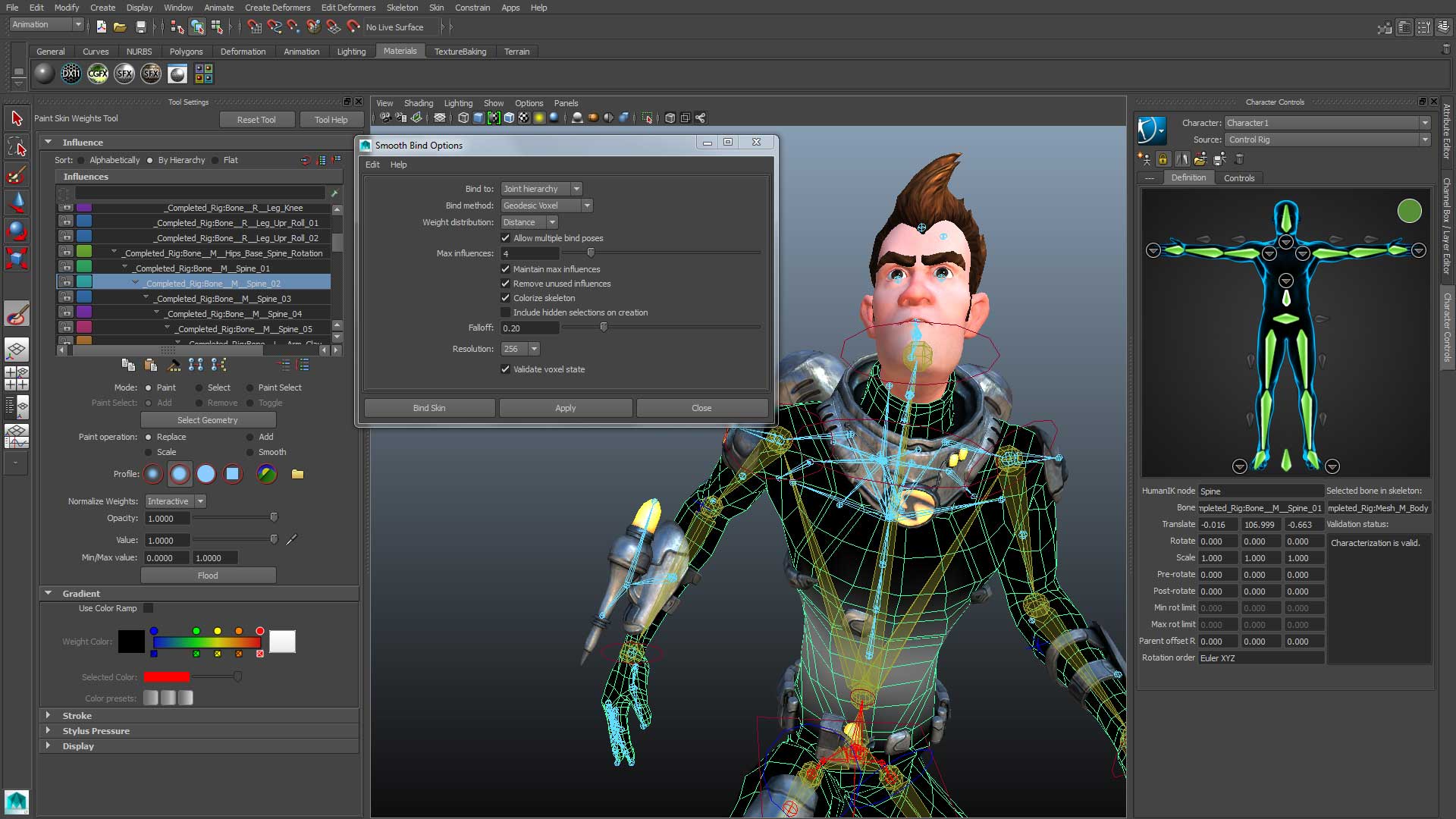
Animation Softwares Home How to make 2D Animation in Blender for beginners? How to make 2D Animation in Blender for…

Beginner’s Guide to Maya Autodesk: Perfect for Students Are you an aspiring 3D artist or animator looking to break into…
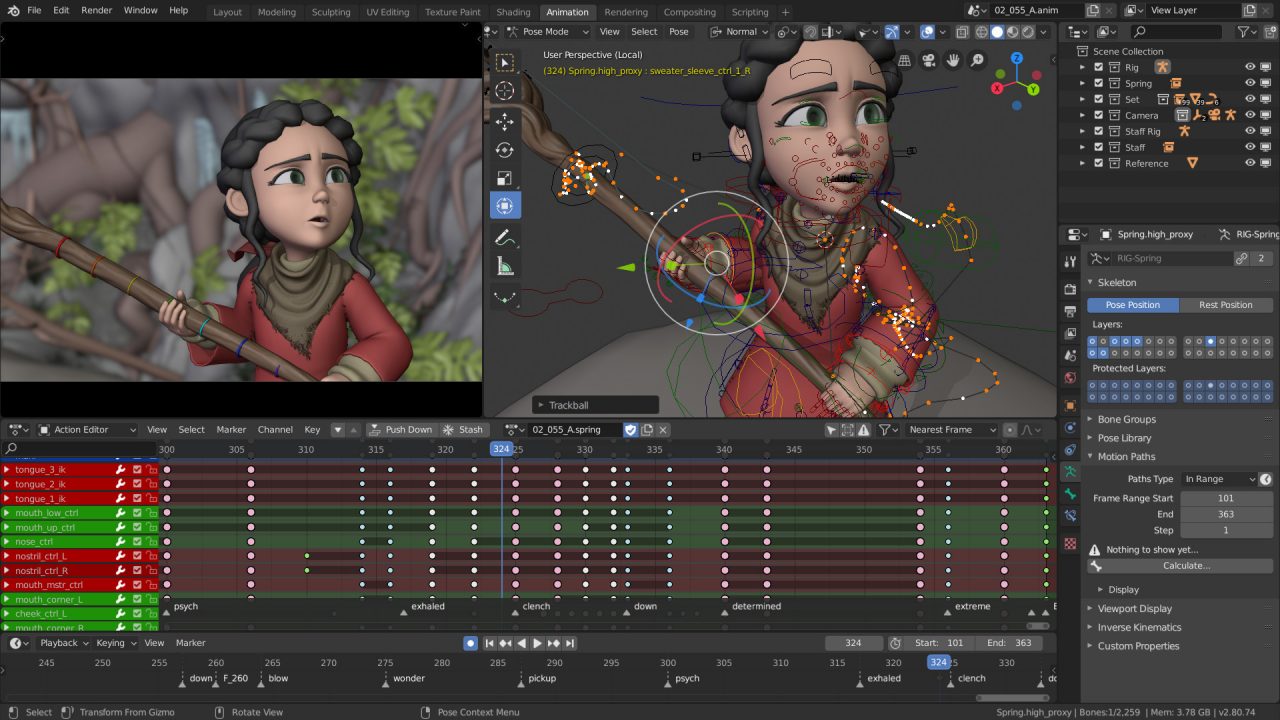
What is Blender Software ? What is it Used For? In the dynamic world of animation, the tools you choose…
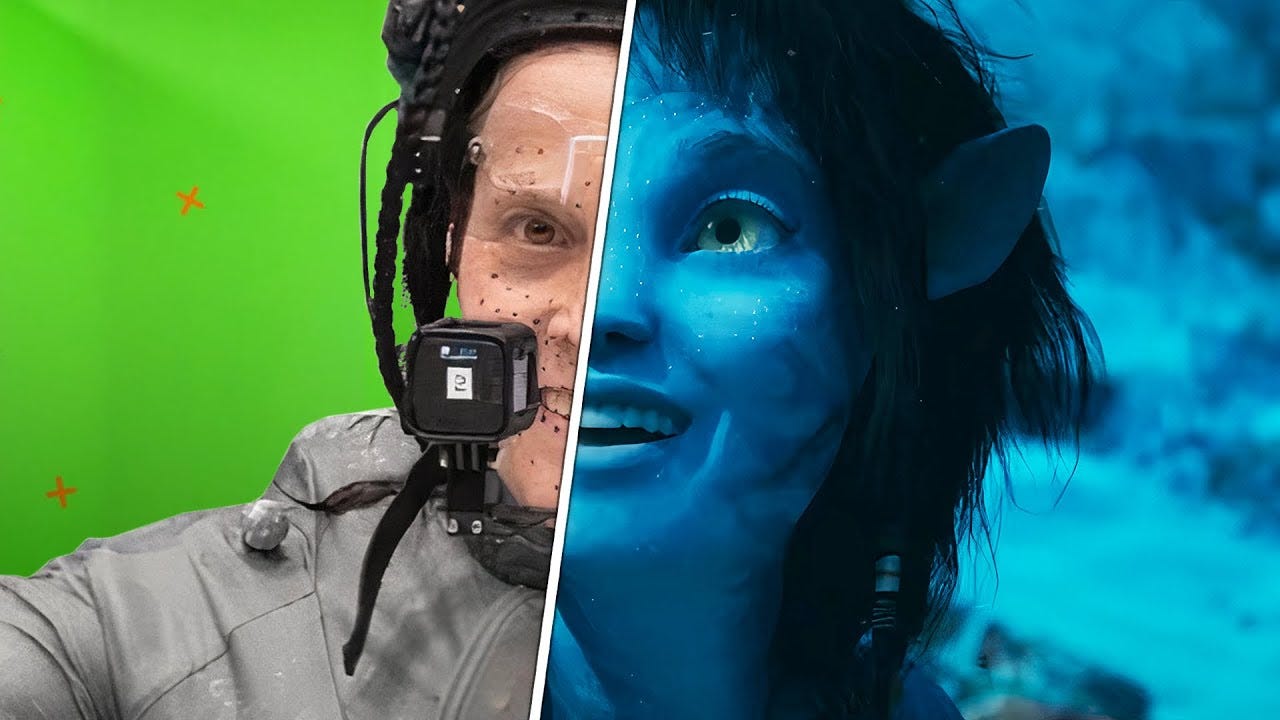
What are the Differences between VFX and CGI? Is CGI better than VFX? Welcome to the Northern School of Animation’s…
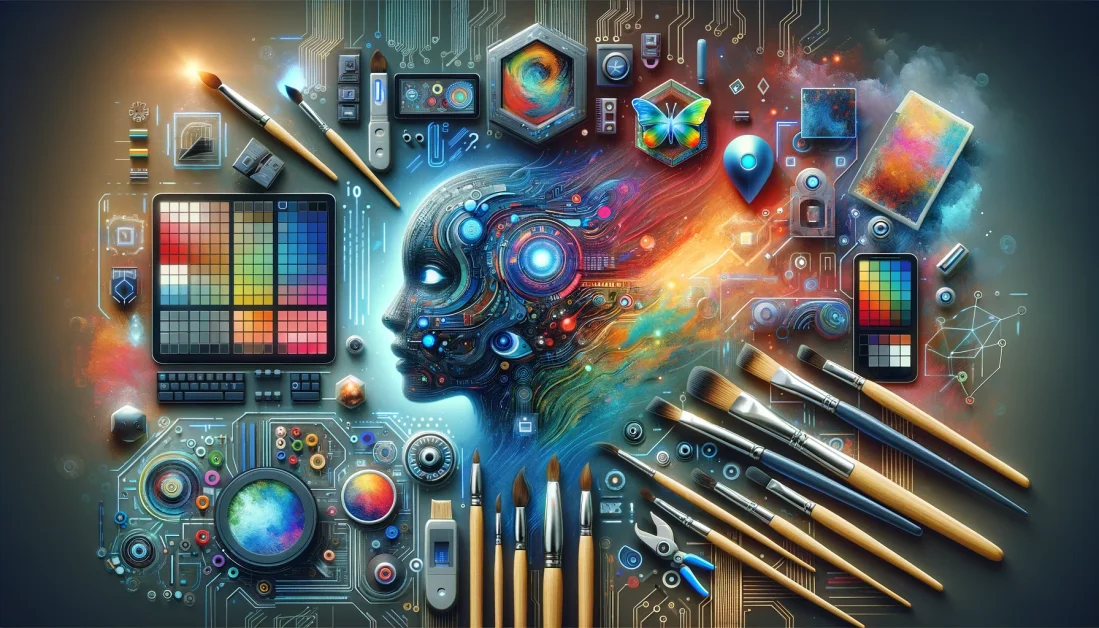
What are the 8 types of graphic design in art? Graphic design is a multifaceted field that encompasses a wide…

What is CGI? What is the process of CGI in animation? In the ever-evolving world of animation, a technological revolution…
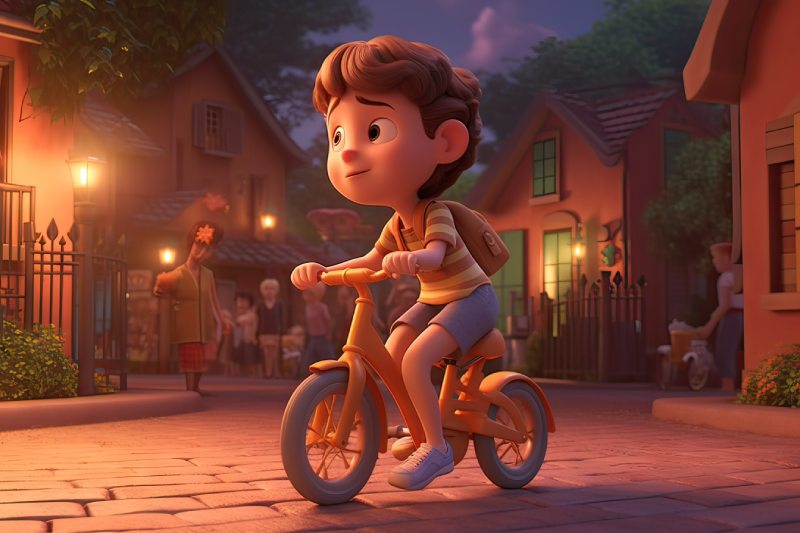
Boost Your Skills: 5 Must-Know 3D Animation Techniques

5 Tips to Boost Your Animation Career Salary
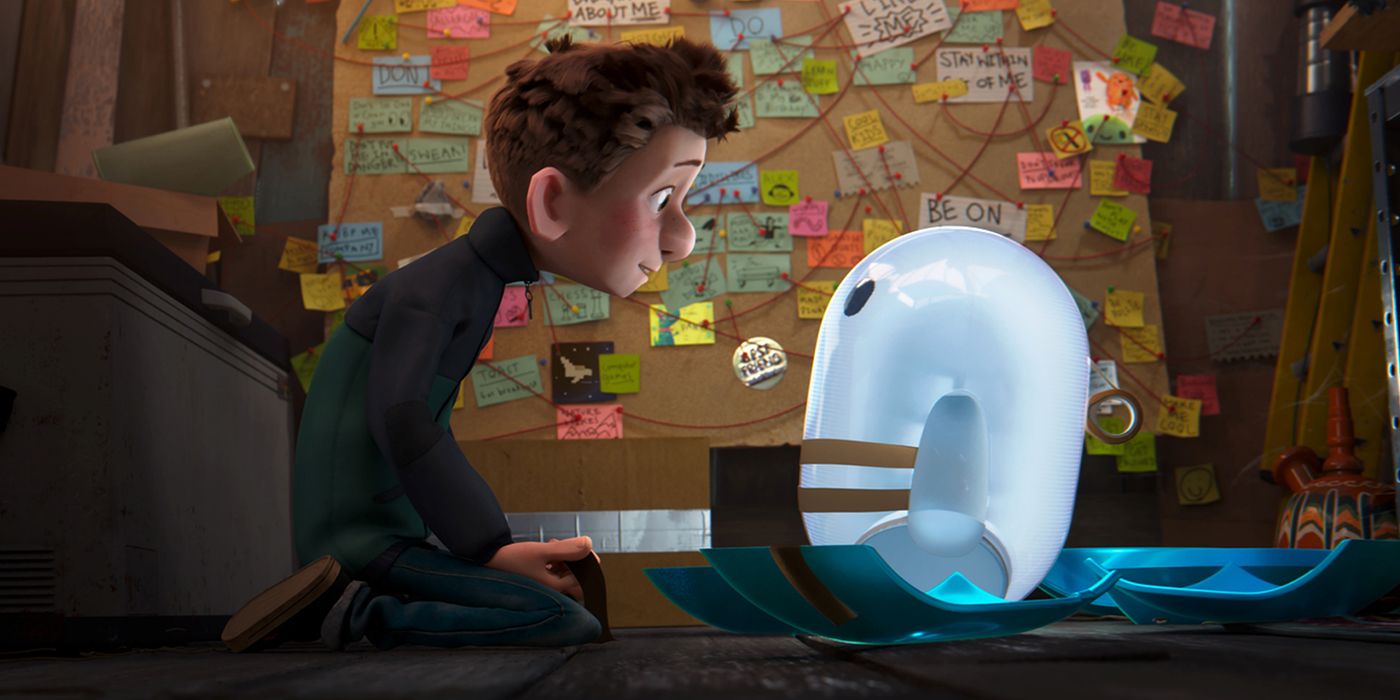
Unleashing Creativity: 5 Essential 2D Animation Software Tools

